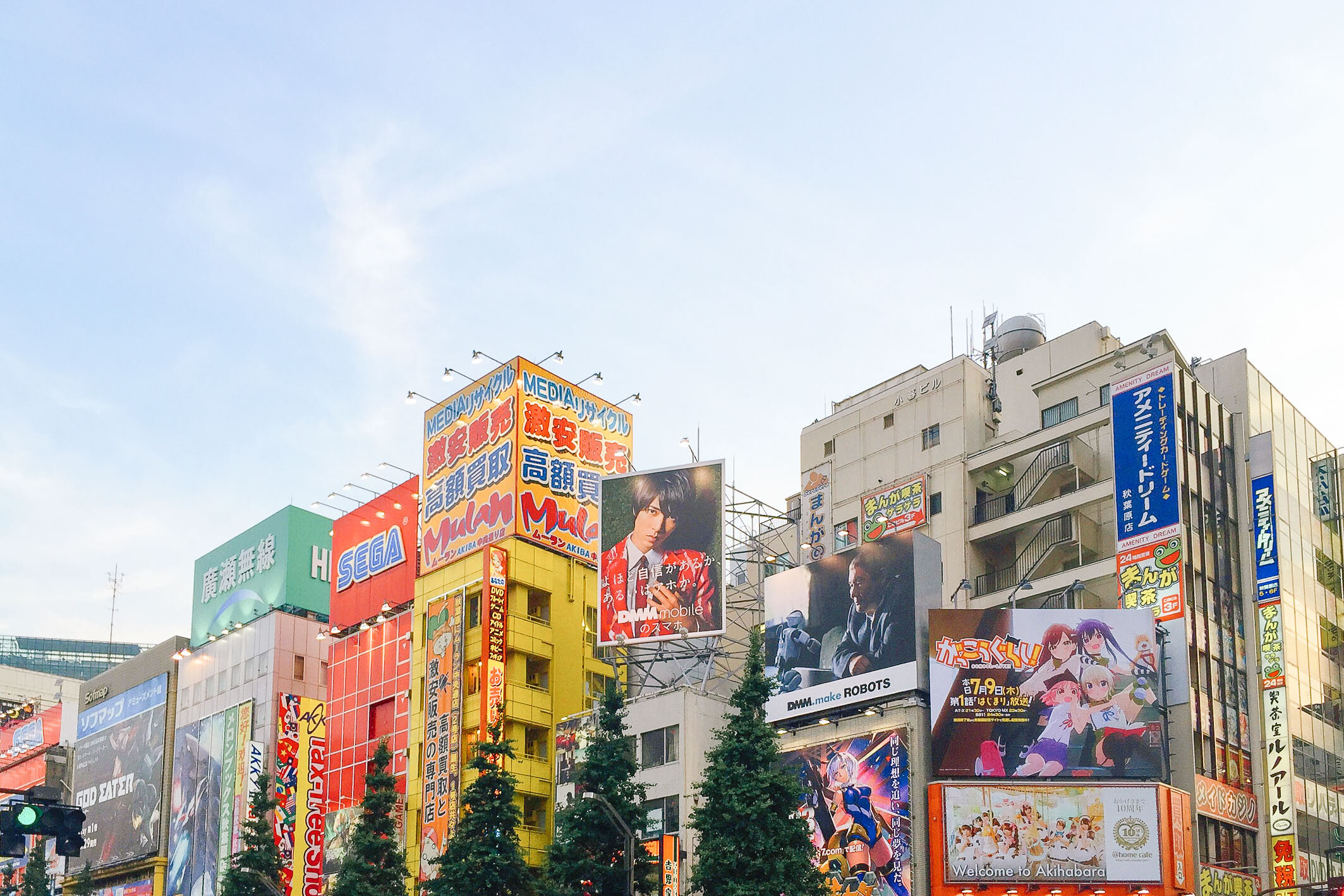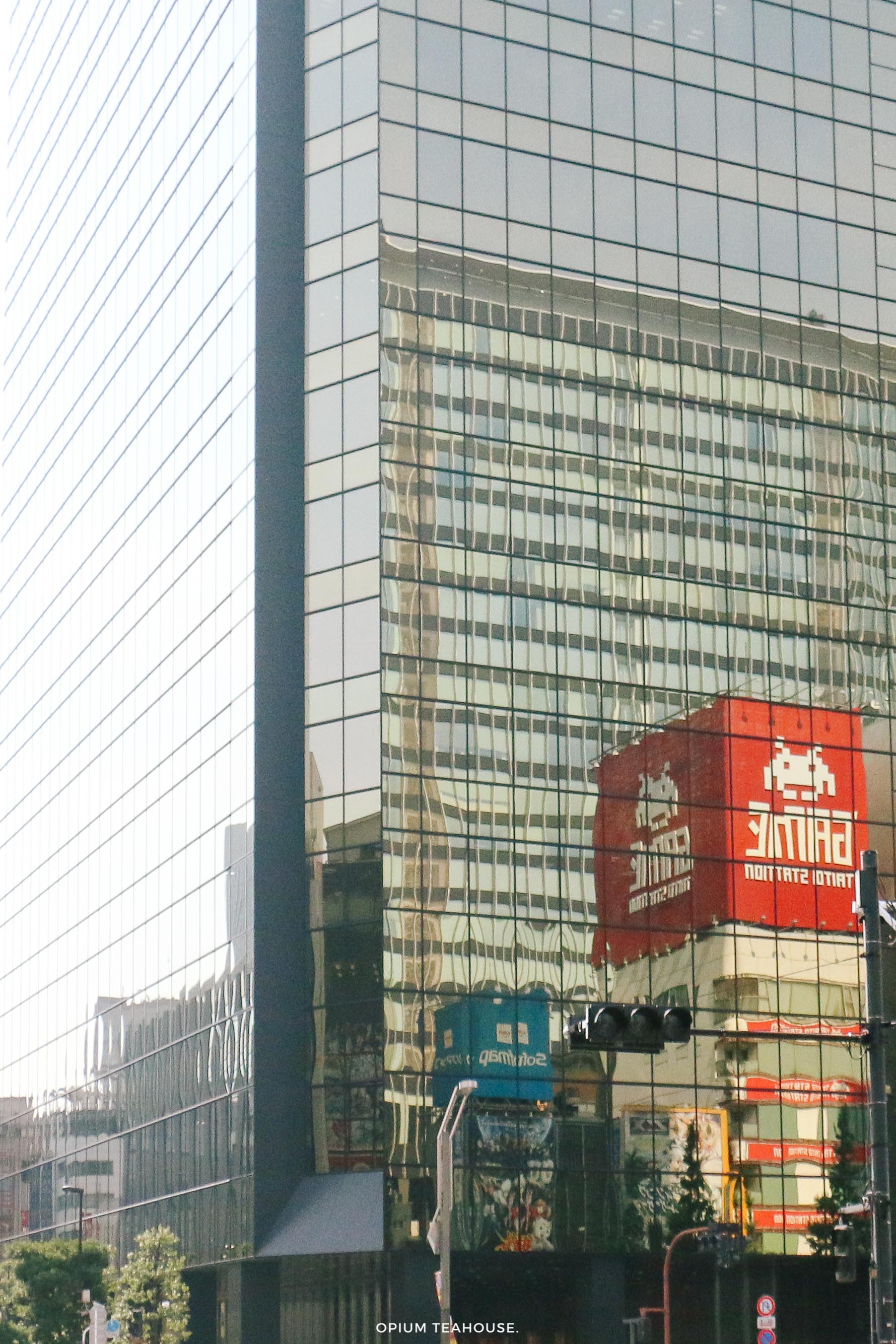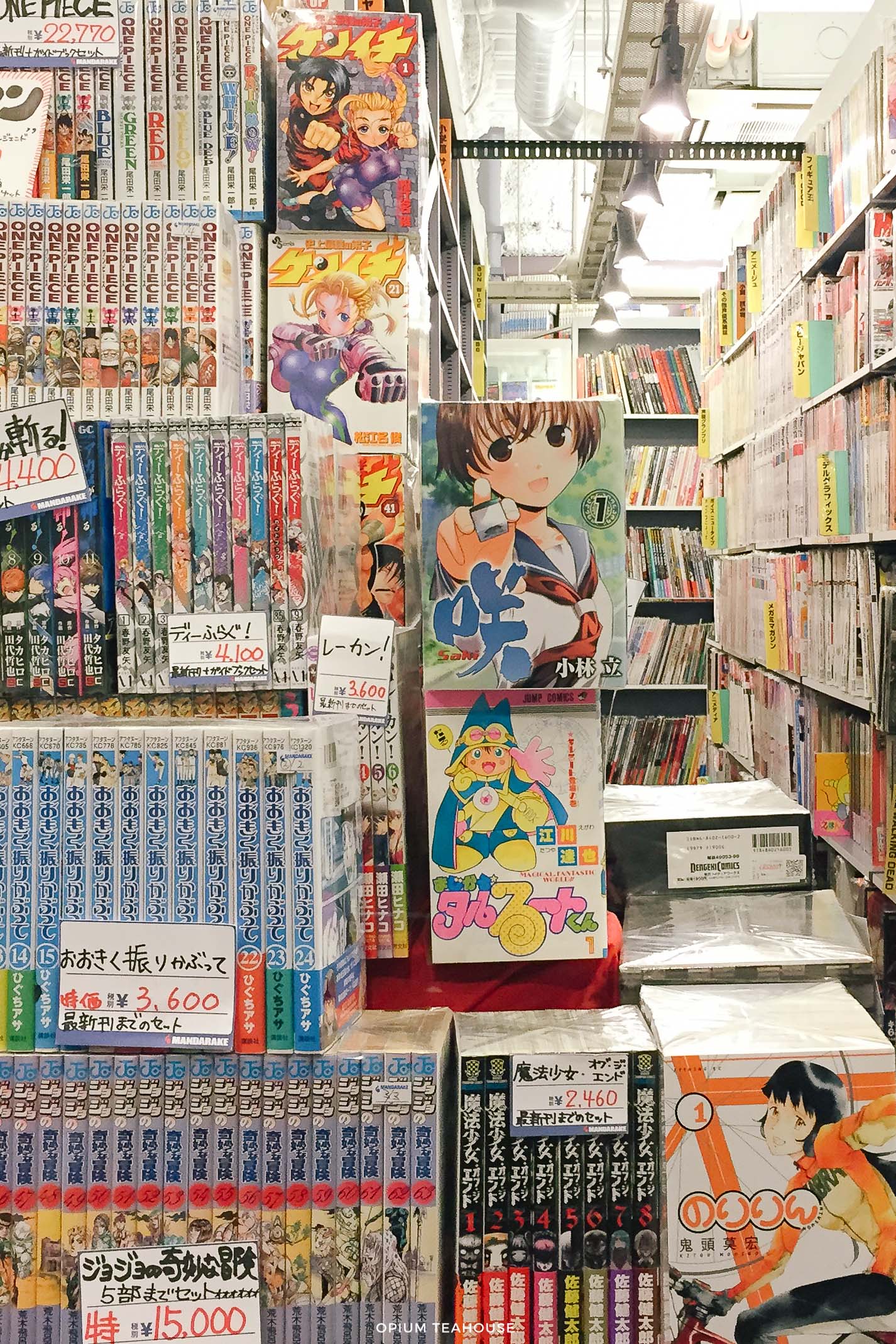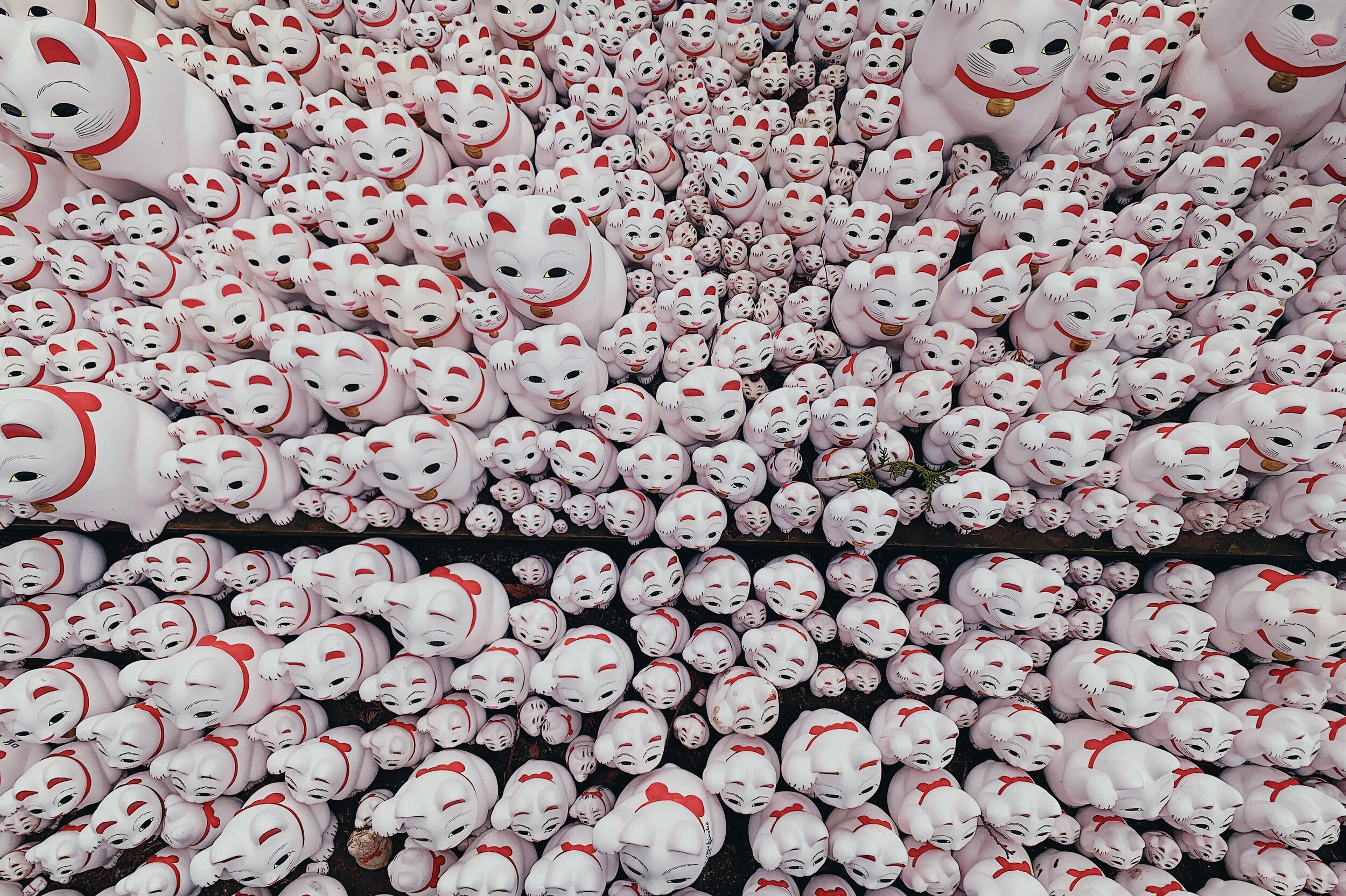Tokyo's Electric town — Japan
It was our second day in Tokyo, and we were still feeling the commotions from the day before. When we arrived, early on Sunday morning, we found that our bag decided to stay behind.
True to the standard of Japanese organisation, everything was under control. An impeccably dressed lady informed us that the bag was arriving the following day, to be delivered to our address in Tokyo. After taking every tiny bit of information she could get from us, we were set free to make our way to the big city.
On Monday, not wanting to miss the delivery, we decided to stay at home, taking the time to rest and plan the next few days. In this case, the pros of being at an apartment are largely outweighed by the cons; with no concierge to hold your luggage, there isn’t much you can do. I made a quick trip to the neighbourhood combini to stock up on food.
One thing I quite enjoy is going into supermarkets while travelling. The differences in packaging, produce and store’s layout, are a fascinating insight into the lives and behaviour of locals. In Japan, each type of shop presents you with a multitude of packaged good you have never even considered. Our local Lawson, one of the top chains in Japan, provided us with a feast; yoghurt, fruit, nuts, onigiri, water and green tea for just a few yen.
After lunch we got out, strolling around the residential block we were in. There’s something candid about Japanese residential areas. Something I could never quite explain, but I attribute to a romantic ideal born out of too much anime. We ended up making our way to Tokyo Midtown, a shopping centre right in the middle of Roppongi. Despite being a mid-afternoon on a Monday, the centre and its park were busy with people. Young mothers had tea, school girls chatted, and seniors sat reading.
A few minutes after arriving home, I heard wheels rolling along the corridor. They were early! As I answered the door, a skinny young man, holding a piece of paper and the elusive bag, tried to pronounce my name. Adrenaline kicked in, we got ready in minutes and bolted for the door.
We got on the subway bounded for Akihabara, keen to catch the last rays of the sun, before immersing ourselves in neon-lit arcades. After the Second World War, this district became well known for its electronic goods and the post-war black market. This earned it the nickname Akihabara Genki Gai (Electric Town). Nowadays it has established a reputation as the hotspot for the otaku subculture. Offering video game stores, anime and manga stores, arcades and maid cafés, the town is popular with several demographics in Japanese society. Every building plastered with the latest anime or manga icons and rows of small collectables machines fill the streets. There’s reference to the culture everywhere you look.
The streets were busy. Hordes of salarymen, fresh out of the office, were everywhere. Some walked to the station, some took their time on windows displays, but most of them filled the cramped aisles of manga shops, shoulder to shoulder with high schoolers. Our first destination was the established Mandarake complex, an eight-story building in which each level has a specific product on display. Taking the lift to the top floor, dedicated to collectors edition toys, we worked our way down. Every level divided into tight rows by display cases or bookshelves; each corridor packed from top to bottom. By the end, an assistant behind a till awaits to take your money. The quickest way down is through the open air stairway, on the side of the building. A mesh made out of rope closes the gaps between the levels and prevent people from falling. This store and its stairway get busy, often.
Making a point to see every single floor, I stride confidently into 4F, only to find four sets of eyes looking at me in panic. “A girl! A western girl, at that!!”, was probably what the guys looking at me were thinking. Doujinshi is self-published/amateur manga, and with no limits to what they can contain, the world is the writer’s oyster. Mandarake’s 4th floor is dedicated to doujinshi for guys, something I found after a close inspection of my surroundings. Despite the initial reaction, the men returned to their affairs after recovering from the shock, and I gave into my curiosity, wandering through the corridors. I’ll just say that when it comes to doujinshi, all gloves are off, the rule 34 of the internet thoroughly applies.
After rummaging through the remaining floors of the complex and a few more stores, we set out eyes on a ramen joint. Local, cheap and above all, great. We sat on a small table, with barely any place for our ramen bowls, and dived in. It’s difficult to find a bad meal in Japan, but when picking a restaurant just look if there are any locals around, they know what’s best.
After dinner, we treated ourselves to some arcading, something we had been looking forward to. Starting with some “grab the prize” machines on the ground level, we moved on to fighting games a couple of floors up. The layout was similar to Mandarake’s; each level had its type of game and gamers. On the last storey, we found Dance Dance Revolution, one of the highlights of the night. The goal is to sync your footwork with the music, on a panelled platform. Not the best idea after a massive bowl of ramen on a hot summer evening, but we soldiered on.
But the best was yet to come. In the basement, amidst Purikura booths and other pastel coloured machines, we found the holy grail. Standing defiantly in front of us, a device with two life-size drums and a screen. Taiko no Tatsujin!
When I first played this game, on an iPhone, I got addicted, and now I had the chance to try it for real. It would provide us hours of endless fun and would be the demise of our wallets. We started slowly, choosing catchy tune at random. But once accustomed with the drumsticks and the reaction times, it was on! Battling was intense, as we exchanged banter, we started to raise the difficulty level. Once the coins ran out, we noticed this inconspicuous machine, that would kindly exchange our bills with 500¥ coins. The arcade gods had thought of everything.
Later that evening, when we took the train back home, we were surprised to see the streets still busy, and the neons were glowing brightly. We then vowed that this would not be the last time playing Taiko no Tasujin, nor our last time in Akihabara.

















